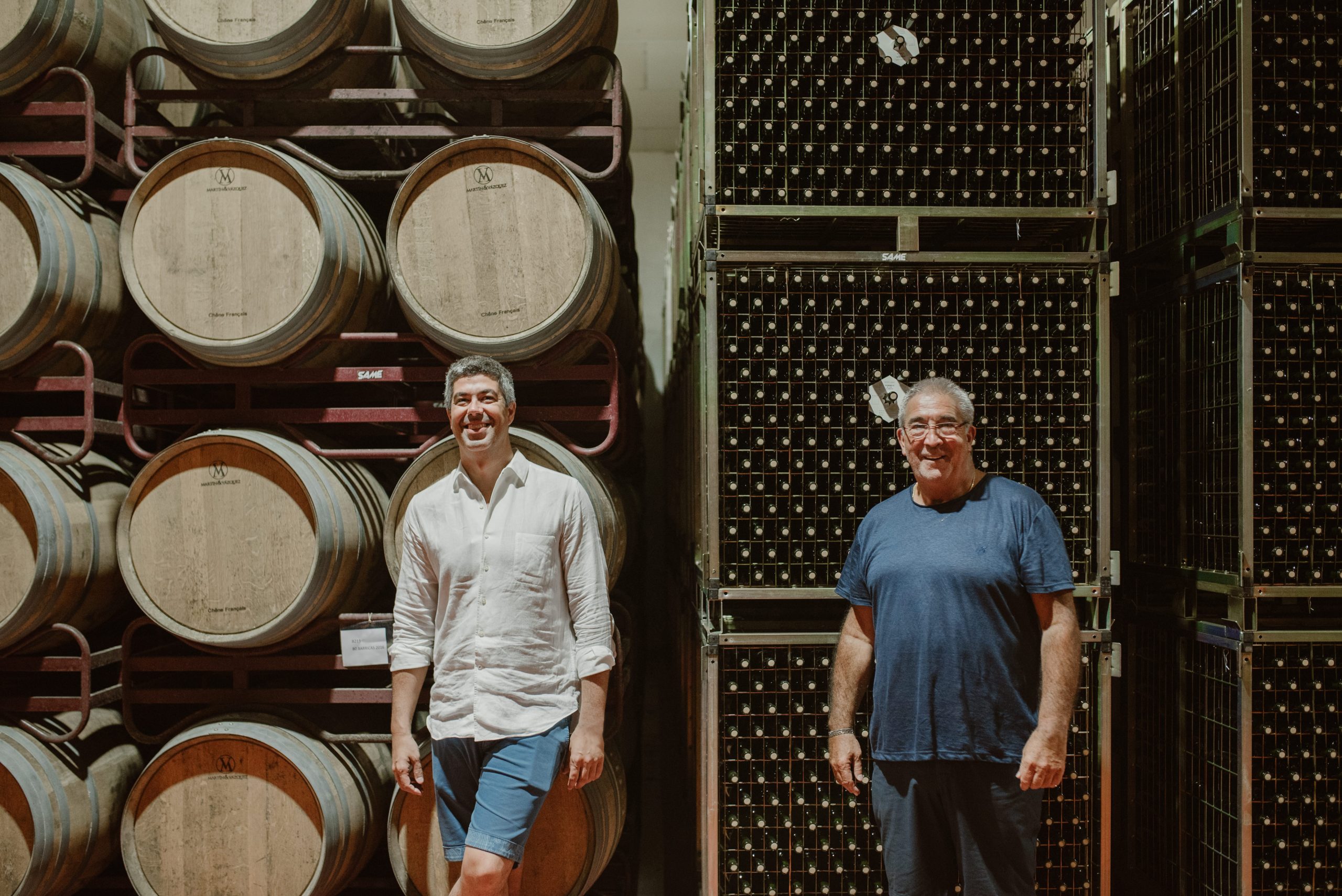Sicily’s winemakers appear blessed amid growing climate concerns
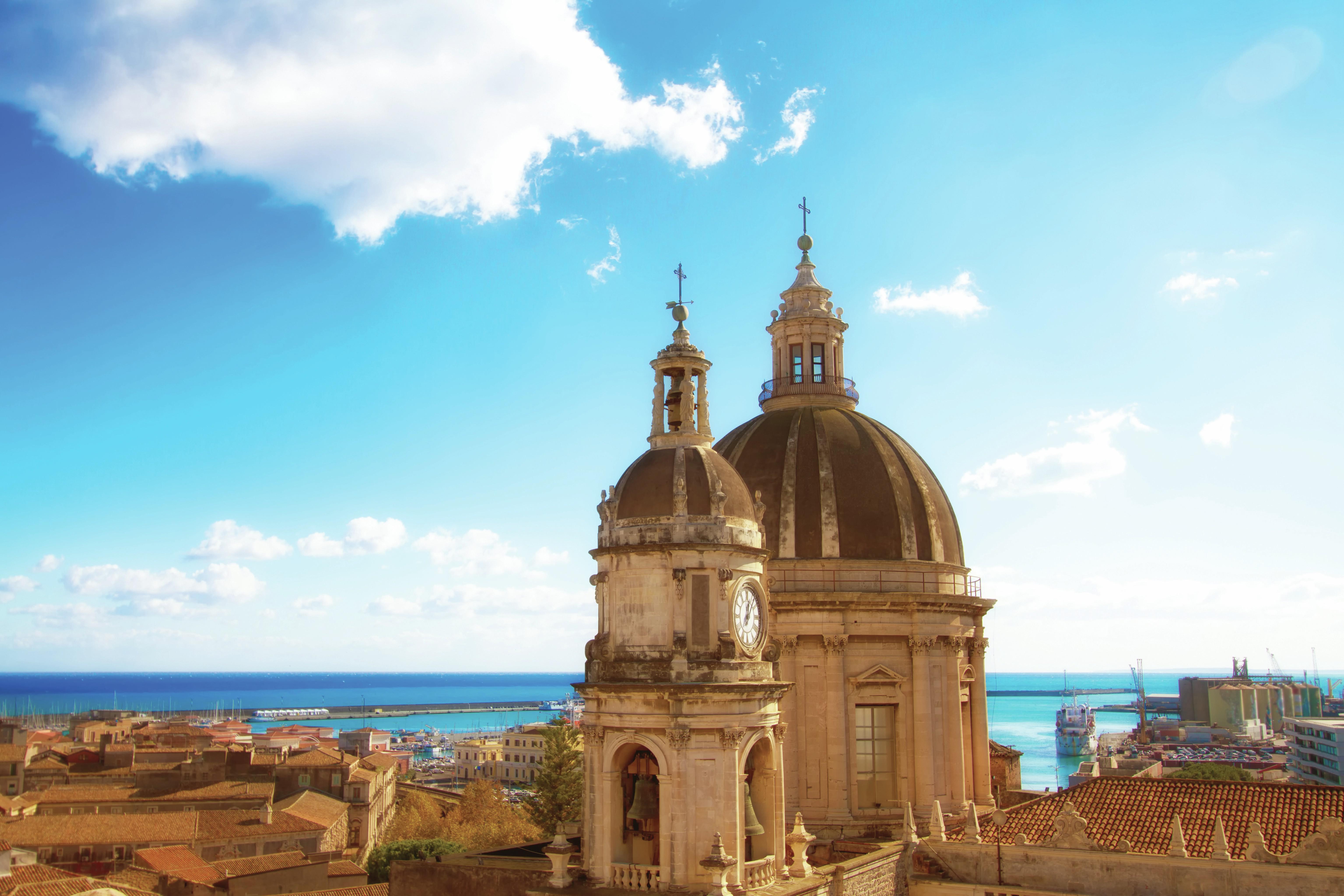
According to Trento-based producer Stefano Girelli, Italy has been bombarded with “unlucky events” such as frost and violent hail storms.
“This year in the north we had almost two weeks of hailstones that were getting bigger and bigger, so the overall impact was quite dramatic,” he says. As a result, Girelli predicts that the price of Prosecco and Pinot Grigio will “go through the roof”. No doubt the same will be true for many popular European wines blighted by the late frosts in April.
Sicily, however, sitting 1,000km south of Trento, slept through the devastation unscathed. Cocooned in its sunny Mediterranean warmth, the island’s vineyards are naturally blessed, as the Phoenicians and Greeks discovered when they planted the first vines here in the eighth century BC. In time, a vast swathe of western Sicily devoted itself to white grapes for Marsala, while, to the east, the slopes of Mount Etna were carpeted with black grapes all the way to the sea. Instead of being revered as it is now, Etna Rosso was pumped north as blending fluid to beef up the likes of Barolo, Burgundy and Bordeaux.
Sicily’s vineyards have shrunk in recent decades, but at 98,000 hectares they equal those of South Africa, and are three times the size of New Zealand’s.
Girelli has been a Sicilian producer since 2001, when he bought Santa Tresa, in Vittoria, in southeast Sicily, adding the neighbouring estate of Cortese in 2016. “The weather during the harvest was excellent, and I think the quality’s going to be superb,” he says.
As for volume, Alessio Planeta, winemaker for the Planeta brand, says it will be around 10% up on last year, which is just as well, given that 2020 was the smallest vintage since 1848, according to Antonio Rallo, who is head of Donnafugata, and president of the Consorzio for Sicilia DOC.
The DOC has been around for a decade and acts as an umbrella brand. It was largely dreamt up by Alessio’s uncle, Diego Planeta, one of the great pioneers in modern Sicilian wine, who died last September. As he told the drinks business in 2012: “With the new toy of Sicilia DOC we will be able to put together a group of people who will row in the right direction.”
Feature findings
• This year northern Italy suffered bad weather, with frost and hailstones affecting the grape crops.
• As a result, the price of Prosecco and Pinot Grigio could rise dramatically.
• In Sicily, however, winemakers were unaffected by the deluge.
• Sicily’s vineyards have shrunk in recent decades, but at 98,000 hectares they equal those of South Africa, and are three times the size of New Zealand’s.
• Maximum yields have been reduced under the DOC, although the island is not naturally over-productive given its hot, dry summers.
• Etna is the flagbearer for the island’s wines, and the area has attracted a stampede of outside investors, including Piedmont’s Angelo Gaja and Tuscany’s Tenute Piccini.
• Regional diversity could become an important point of difference for Sicily in the future.
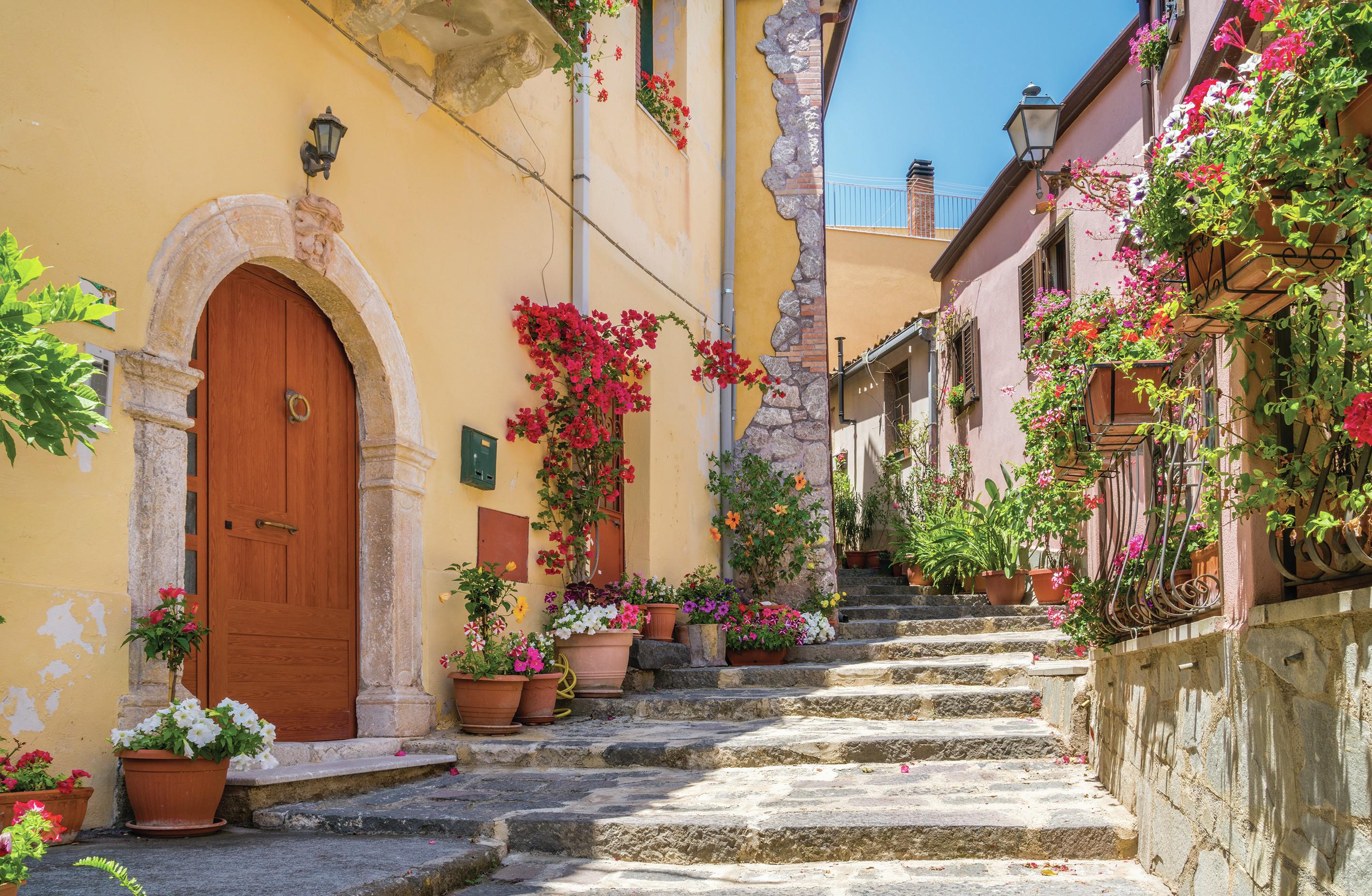
In the past, Sicily often appeared rudderless, thanks to the disparate interests of the island’s independent producers and co-operatives, and those of the bottlers in northern Italy.
Antonio Rallo recalls the 1980s, when the Sicilian Pavilion at Vinitaly was a fraction of its present size, and “when we were bottling only 5% of the wine we produced. Today it’s 50%, so it’s a really big change,” he says. Half is Sicilia DOC, at around 90 million bottles, with the rest split between the island’s other DOC(G)s and the lesser appellation of Terre Siciliane IGP. What was previously shipped in bulk as Sicilia IGT was loosely controlled, and this encouraged a degree of ‘speculazione’ – an Italian euphemism for subterfuge. Bottles of suspiciously cheap Nero d’Avola from a big German supermarket were found to contain not a drop of Sicily’s top-selling red variety.
“We don’t have any chance of competing as a commodity, as Sicily produced less than 40hl/ha in the last couple of harvests”
Controls on Sicilia DOC are a lot tighter, and although much is still bottled elsewhere – something Diego Planeta lobbied hard to prevent, fears that producers would be undermined appear to be unfounded. The American writer Bill Nesto MW, author of The World of Sicilian Wine, does not believe “off-island bottlers are mishandling Sicily’s image”. He says: “The IGP category seems to be adding to the diversity of that image without hurting it.” As for fraud, Stefano Girelli reckons: “The risks are so much greater that I don’t think it would be worth it.”
HOT, DRY SUMMERS
Maximum yields have also been reduced under the DOC, although the island is not naturally over-productive given its hot, dry summers. “To make over 10 tons per hectare is a challenge in Sicily,” claims Girelli. Rallo adds: “We don’t have any chance of competing as a commodity, as Sicily produced less than 40hl/ha in the last couple of harvests.” He claims yields in Emilia Romagna are as high as 180 hl/ha, and tells his fellow Sicilians: “All you can do is produce something good and let people know it’s good.”
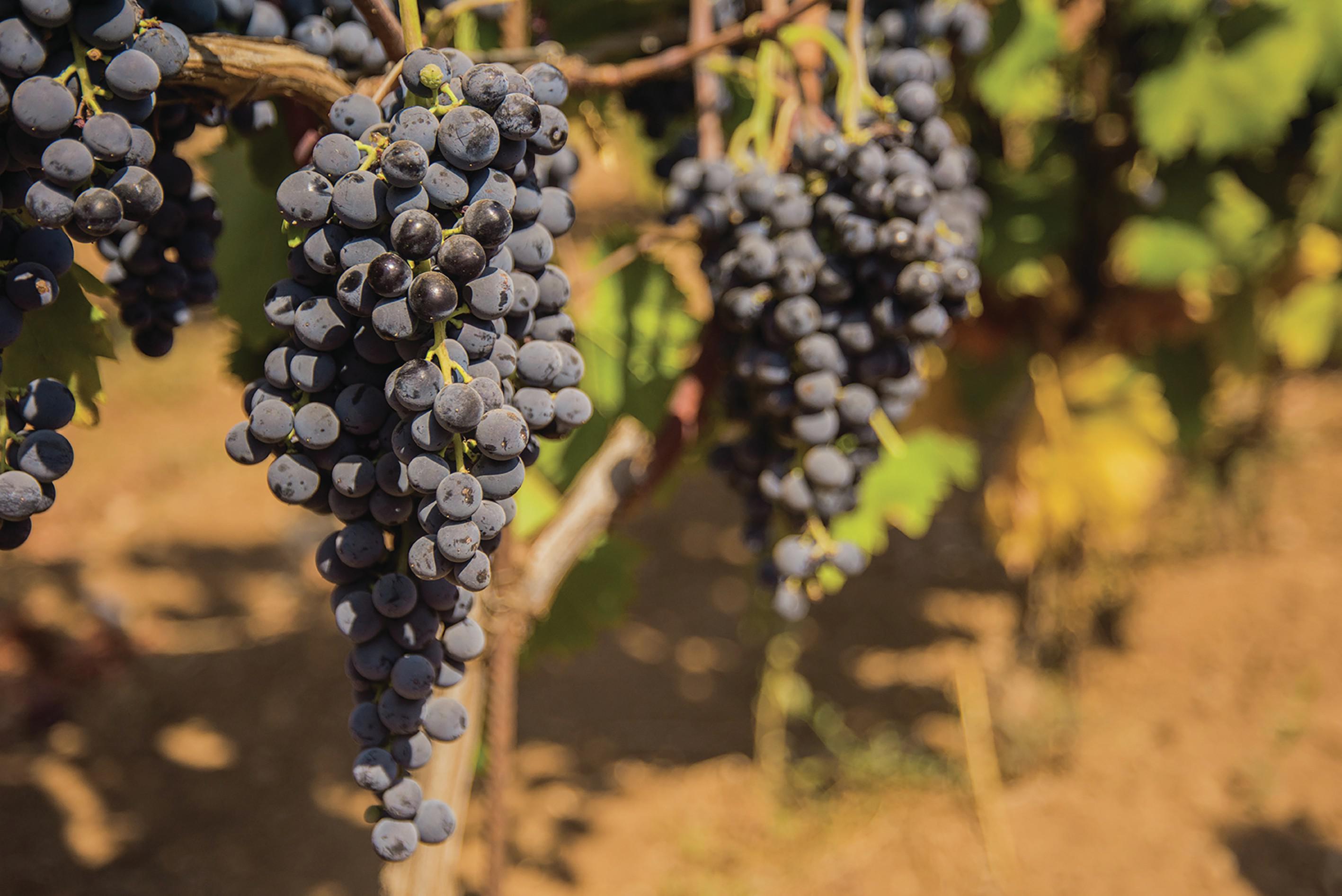
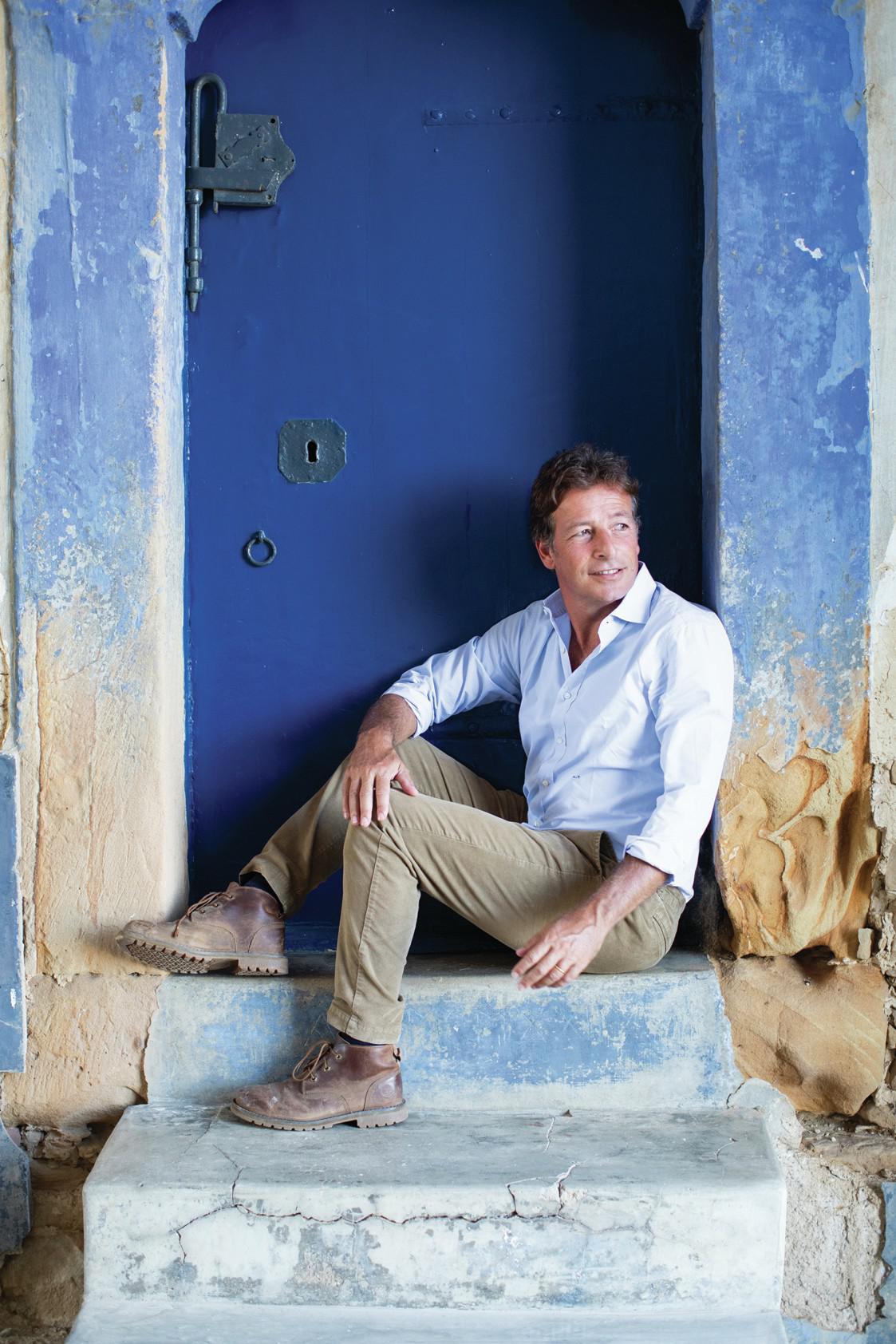
When Sicilian wine prices fell to just 20- 24 euro cents per litre in 2010, grapes were left to rot on the vine. “Pricing is more than four times that now,” insists Regaleali’s managing director, Alberto Tasca, who is president of SOStain, a foundation born during the pandemic that aims to promote sustainability on the island. So far 10,000 ha of vineyards have signed up to SOStain’s ten rules that include a commitment to biodiversity, local materials, lighter glass and no chemical pesticides.
Partner Content
“Certification’s important to gain credibility. It’s not enough to say ‘I’m organic’, you need to prove it”
According to Alberto it also covers the economic viability for the vineyards and growers. “We can’t set prices,” he says. “But we can have a minimum for each place, so we know that below that price it will be unsustainable.”
At The Wine Society, Italian buyer Sarah Knowles MW says she suspects members “hope that we only work with producers who are committed to sustainability in a genuine sense. When I go to Sicily, I definitely see producers really caring about it, and not just playing lip-service.” Thanks to its benign climate, she agrees with Stefano Girelli when he says: “Sicily is an organic island, or could be. If people use pesticides, it’s because they’re lazy.” He would encourage everyone who can do so to have their products certified. “Certification’s important to gain credibility. It’s not enough to say ‘I’m organic’, you need to prove it,” he says.
Planeta says: “People have an idea of Sicily as a classic old country where life’s been the same for 200 years. They might mention New Zealand or California for organic wines and not immediately Sicily, and that’s a big mistake.” With wine producers everywhere trumpeting their green credentials, he believes “we now have to convince people that we’re more organic than others”. Or they have to widen the debate and talk of real sustainability, though to what extent that cuts through with consumers is not entirely clear. The ‘s-word’ can sound a bit corporate.
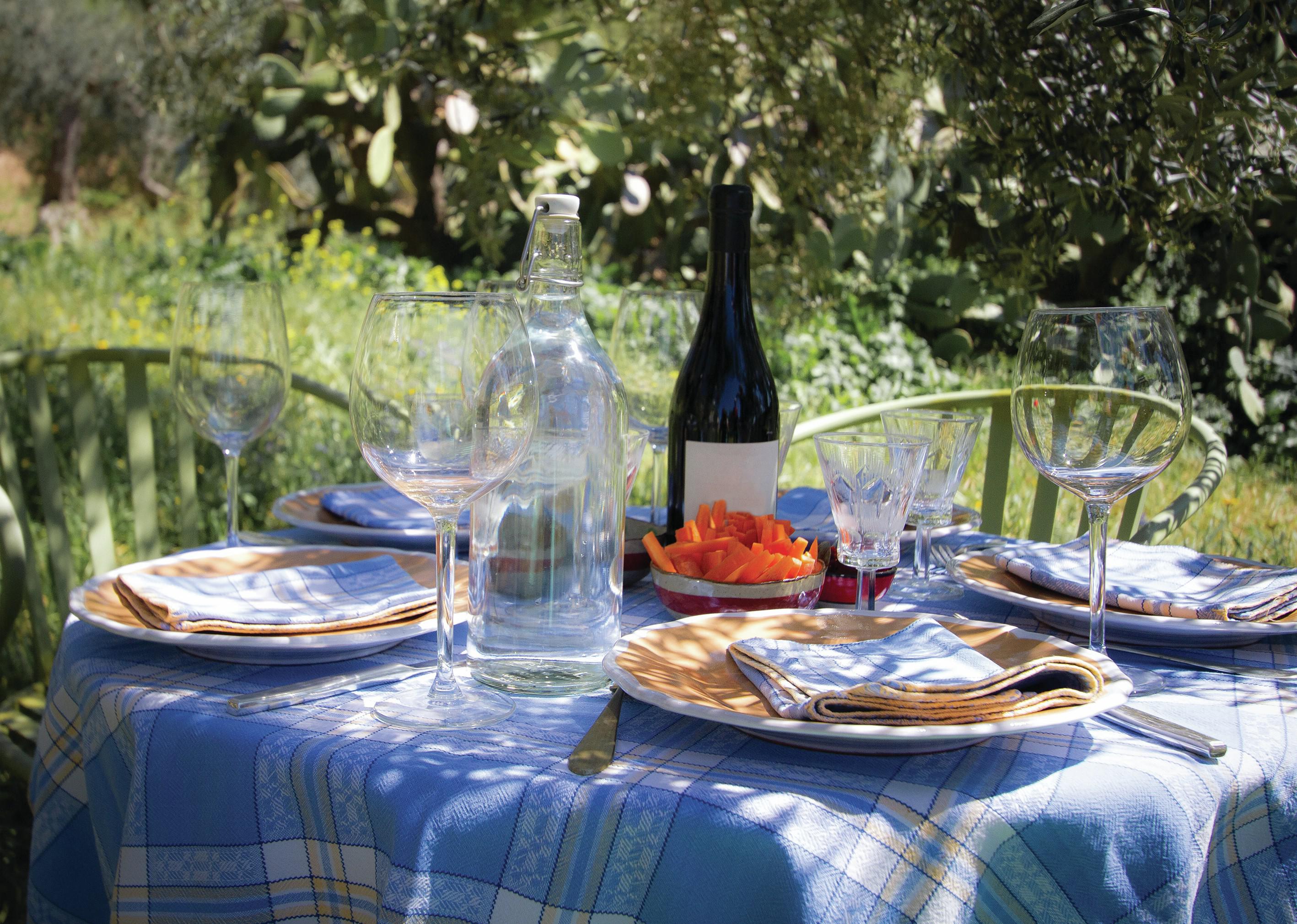
“Thirty years ago, Sicily was a place of brands like Corvo and Planeta,” Alessio continues. “Twenty years ago, it was a story of varieties like Nero d’Avola and Chardonnay, and now it’s more and more focused on different appellations, which, for sure, was helped by Etna – the name on the lips of every wine lover.” The volcano’s famous slopes have attracted a stampede of outside investors, including Piedmont’s Angelo Gaja and Tenute Piccini in Tuscany, which bought the 15ha Torre Mora estate in 2018. “The family restructured the old winery and converted the entire production to organic wine,” explains Piccini’s brand ambassador, Giacomo Panicacci. Torre Mora is one of five boutique ‘family estates’ that accompany the powerhouse Piccini brand and the Chianti Geografica co-operative the firm saved from bankruptcy in 2019. Sadly, there are no plans for a similar rescue attempt in Sicily, although “co-operative wineries now have a less important role in the Sicilian wine industry,” says Bill Nesto. “In the eyes of the consumer, Sicily’s image is more chic and upscale than it used to be, but the Etna phenomenon is largely responsible for this.”
‘In the eyes of the consumer, Sicily’s image is more chic and upscale than it used to be, but the Etna phenomenon is largely responsible for this’
Etna Rosso may have joined the elite club of Italian wines to sit beside Brunello, Bolgheri and Barolo, but its impact on the rest of the island has been limited, claims Nesto. “It has helped wine tourism to Etna, increased Etna vineyard land prices, and has benefited investors in Etna and its wines,” he says. “These benefits have not spread out markedly to other regions.” It is worth noting that these volcanic vineyards account for just 1-2% of Sicilian wine, and Sarah Knowles may have a point when she says: “I think the buzz around Etna might be a bit trade-focused, like the buzz around Reisling.”
A REAL COUP FOR SICILY
When The Wine Society launched its first Sicilian own-label red a few years ago, it could have easily picked something cheaper. “As a ‘reserva’ it offers quite a lot for £8.50,” says Knowles. “It has two or three years in barrel and I think it’s a real coup for Sicily.” It has certainly proved popular with members. Overall, she feels the island “is in a good spot for showing exceptional value at £8-£12 in the UK, and that’s well above the average spend of £5- plus a bottle.”
This will be heartening news for Sicilian producers, who can only wish that other buyers were as enlightened.
The logo of Sicilia DOC is a mosaic of the island it calls ‘a wine-growing and winemaking continent’. Anyone visiting Sicily can appreciate the scale and variety of the landscape and thus the diversity of its wines, which is why “wine tourism is crucial”, says Planeta. “There’s an old tradition of Russians coming to Sicily, and Planeta’s very strong in Russia.” For the past two summers the Russians have been joined by northern Italians unable to venture further because of travel bans. Some will return to Rome or Milan with a new-found love of Grillo, Cerrasuolo di Vittoria DOCG, or Nero d’Avola.
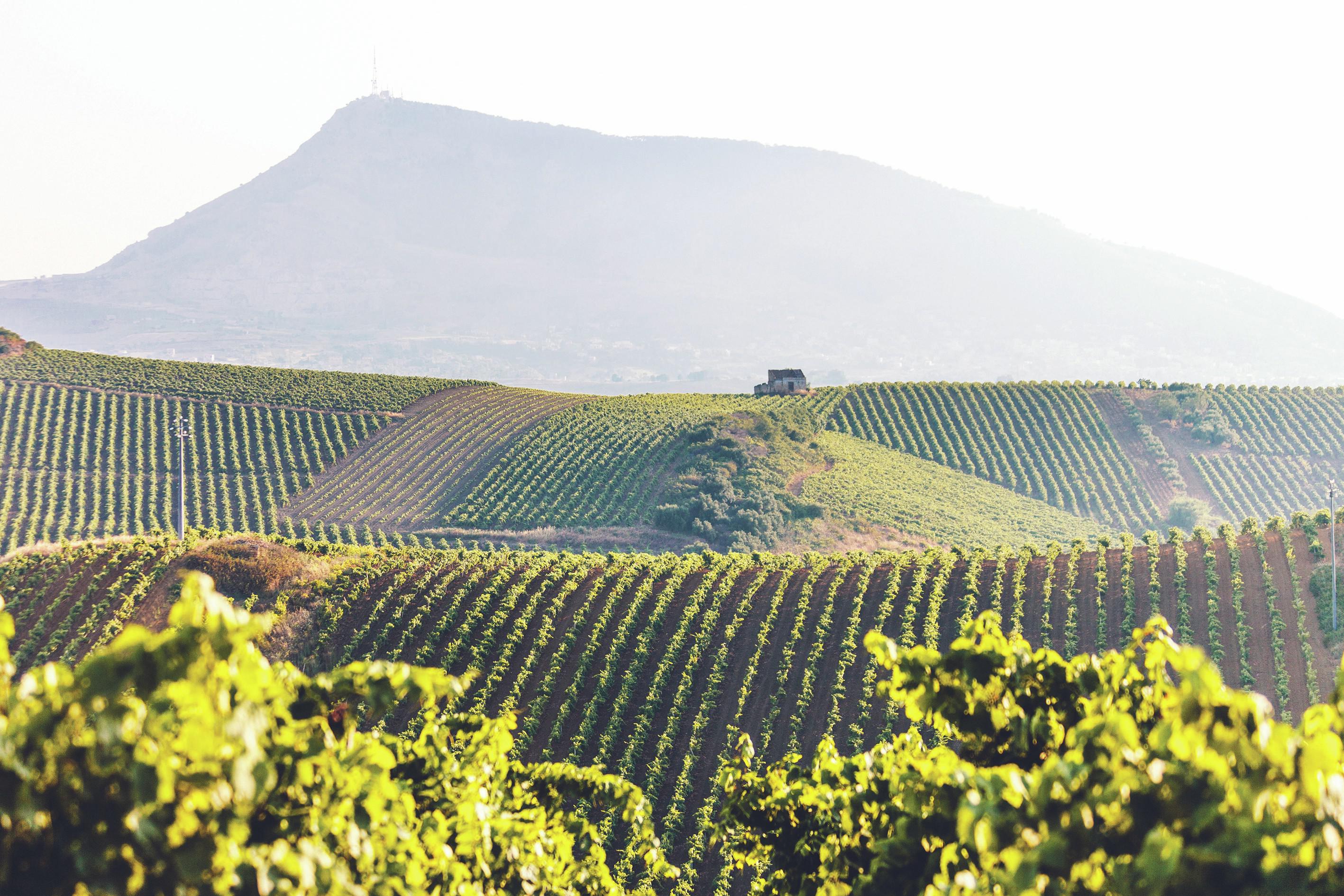
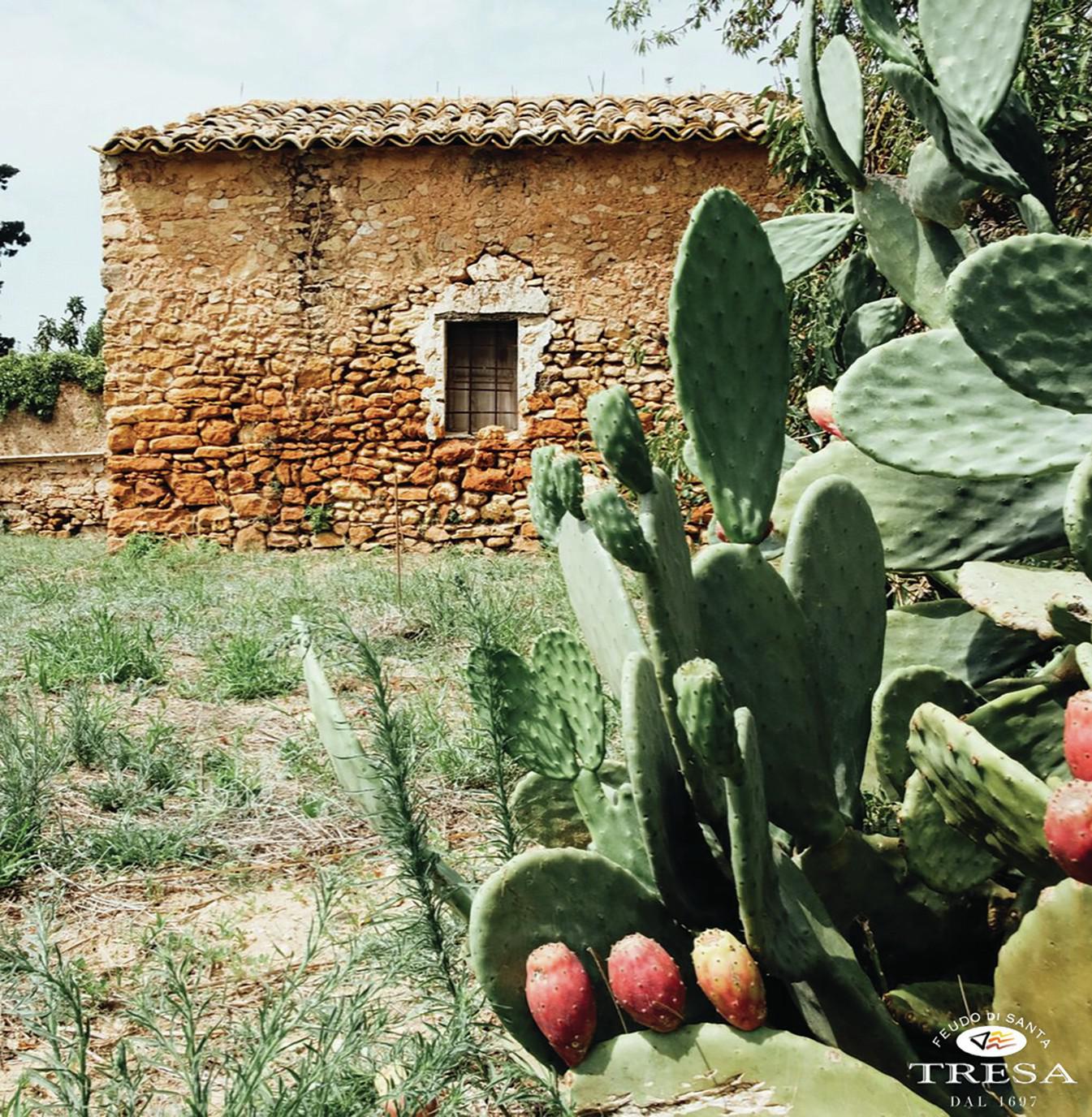
Santa Tresa, in Vittoria
Transmitting that ‘mosaic of wine’ message to export markets is obviously the challenge. “Consumers have yet to embrace the diversity of Sicily,” says Nesto. “The regional diversity of Nero d’Avola wines could be a rich subject of investigation.” Sicilian producers clearly have a vested interest in talking up their different regions lest Nero d’Avola become an international variety. There has been talk of trademarking the grape, in a similar way to Prosecco, before it becomes the next big thing from Australia. According to vinodiversity.com there are now more than 80 Aussie producers of Nero d’Avola, athough plantings in the Antipodean country were just 77ha in 2015.
‘Consumers have yet to embrace the diversity of Sicily. The regional diversity of Nero d’Avola wines could be a rich subject of investigation’
SCALE AND POTENTIAL
Rather than engage in a pointless trade dispute, Sicilians would do better promoting the variety from areas such as Menfi or Noto, which can be used like first names alongside the family name of ‘Sicilia’ under the DOC. Then there is Grillo, the island’s widely planted white grape that has the scale and some of the potential of Nero d’Avola, especially when blended with native grapes such as Carricante for added acidity. Famed for producing Etna Bianco, the issue with Carricante is that “there’s never enough”, says Panicacci, though this should ease as more plantings come on stream.
From southeast Sicily comes Frappato, the star of Cerrasuolo di Vittoria DOCG, that “captures that trend for lighter, brighter, crunchier, lower alcohol reds that can be chilled”, according to Knowles. But the raft of local grapes doesn’t stop there, and is likely to grow, given the experimental vineyards around the island, such as the 10ha plot managed by Sicilia DOC. “It includes 60 varieties that are absolutely unknown, and at least four of five of them could be really something,” says Rallo.
Over the next 15 years or so, Planeta is confident that “Sicily will come out really strong”.
The island certainly has plenty going for it, with its rich variety of terroir and cast of indigenous grapes. Its dynamic younger generation of producers display a willingness to play as a team. And above all it has the weather.
Sicily could become a real haven for winemakers if, further north, the late frosts keep coming and the hailstones become even bigger.
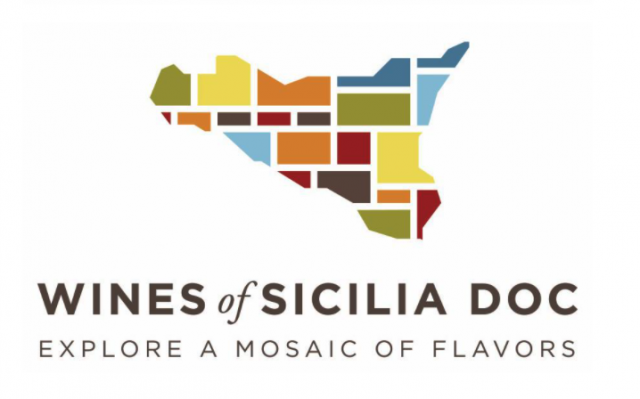
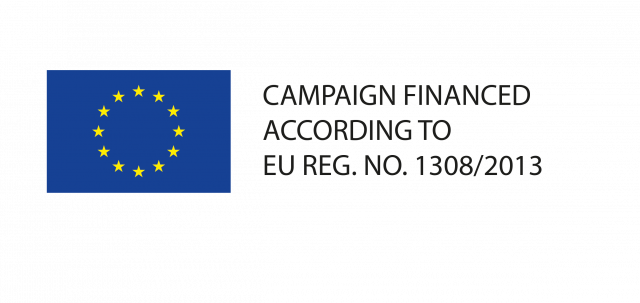
Related news
Sicilia DOC invests in the future through sustainability measures and promotional campaigns




